The emergence of autonomous technology is set to have a dramatic impact on safety and efficiency standards in the mining industry.
Safety and efficiency are arguably the two most important factors mining companies look for in their operations. Both elements have seen gradual improvements over time, but autonomous technology is starting to explore new grounds and set unprecedented standards.
Reducing Major Incident Risks
It is no secret that there are a lot of risks involved throughout the entire mining process. In the past three years, 20 people have lost their lives on-site in Australia alone. Safety precautions are constantly being updated with strict measures taking place to reduce the number of incidents occurring on-site, though the potential for accidents to occur will remain a significant risk for as long as workers are physically in the impact zone.
Autonomous technology is beginning to revolutionise mining safety, particularly with the addition of driverless haul trucks. Autonomous Haulage Systems (AHS) have been implemented across a number of sites globally. The benefits of this have been particularly evident at a BHP mine in Western Australia where their fleet is now entirely autonomous. The site reported a 90% decrease in events where serious injury or death could have occurred.
Risks involved with drilling and blasting are also being significantly reduced through autonomous technology. Manually loading and transporting ammonium nitrate fuel oil has the potential to cause serious injury, as does drilling on uneven surfaces. The technology is providing greater amounts of data that is being used to plan and mitigate risks more effectively.
Driving Efficiency
The same BHP Pilbara mine recorded 25 per cent lower drilling costs and a 40 per cent reduction in drill maintenance costs since going fully autonomous.
Haulage costs have also been slashed by 20 per cent. The autonomous systems can run for nearly 24 hours a day and consistently drive around 15kmph quicker than when a driver is in control. These savings have lead BHP’s iron ore productions to increase by 20 per cent while reducing costs by up to 50 per cent.
Efficiency is key for mining companies that plan to compete in the long term. With the price of coal set to decrease in the foreseeable future, the importance of cutting costs where possible and increasing operational efficiency is paramount for all iron ore sites.
The Autonomous World
The obvious pay off to the safety and efficiency provided by autonomous trucks, is the large amount of truck drivers in the industry whose job is at risk. An estimated 30 per cent of all jobs in the Pilbara could be affected.
Mining companies across Australia have pledged that they will train current employees with the new skills required to find a place in the new autonomous world, though it will prove to be a difficult task to manage.
We can already see that autonomous mining is delivering improvements to productivity, reductions in accidents and operating costs, increased machine life and lower fuel consumption. Also, for certain parts of the world the additional benefit of fewer on-site workers, given the current Covid-19 pandemic, may eliminate the need for major shutdowns.
Source: Sydney Morning Herald, Mining Technology, NS Energy, Safe Work Australia



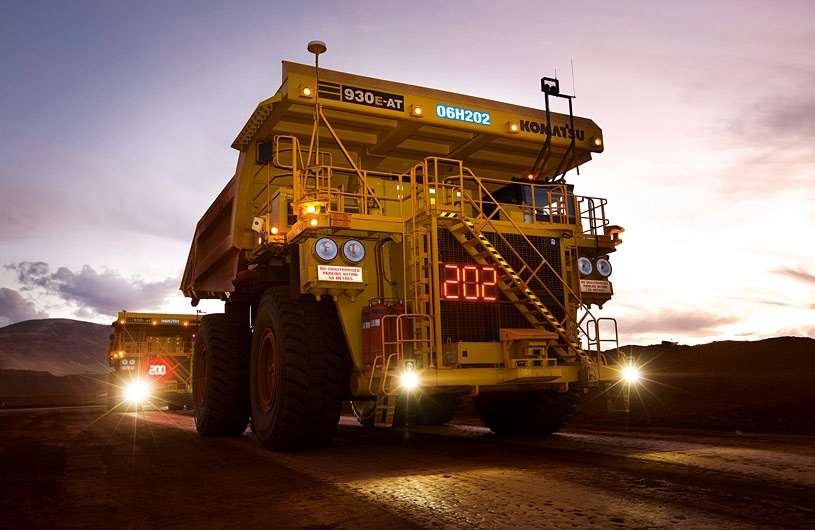

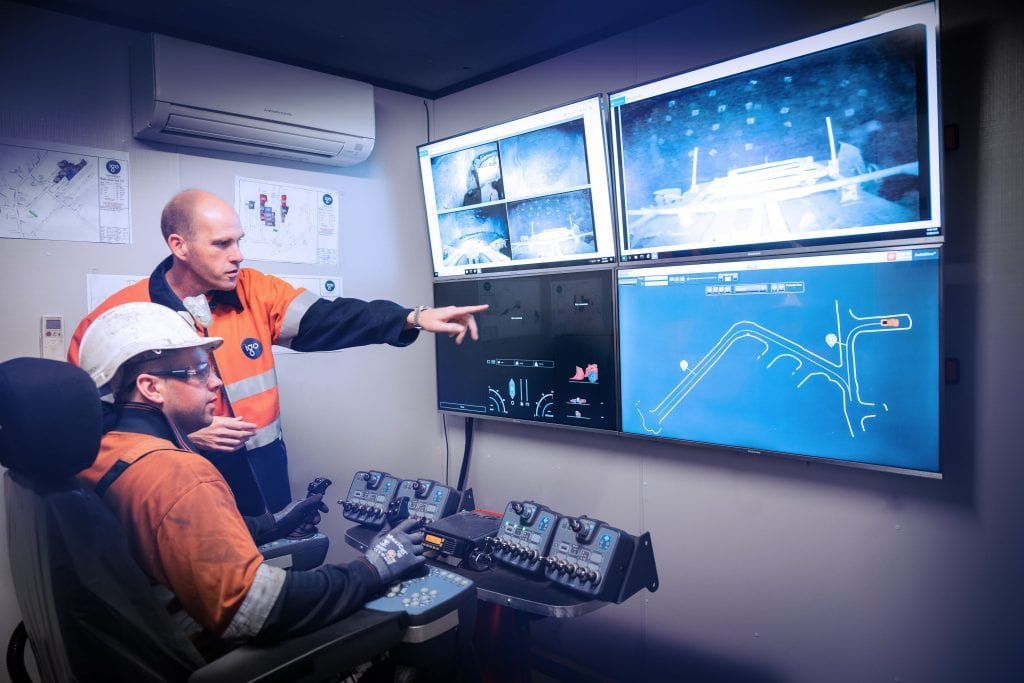
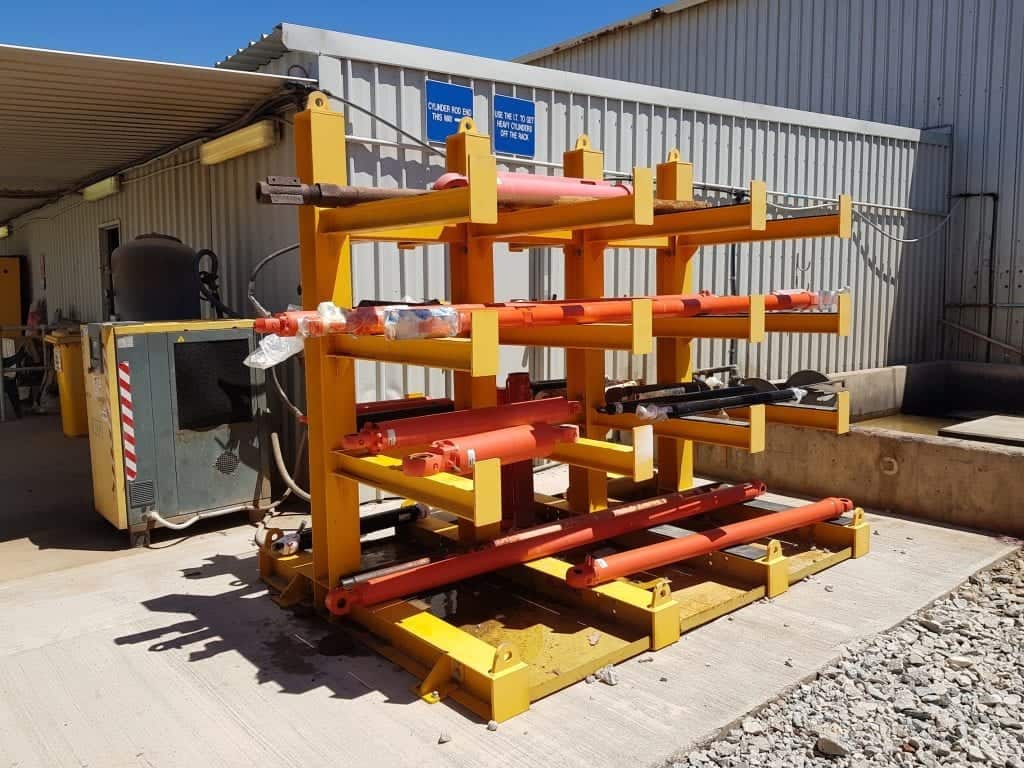
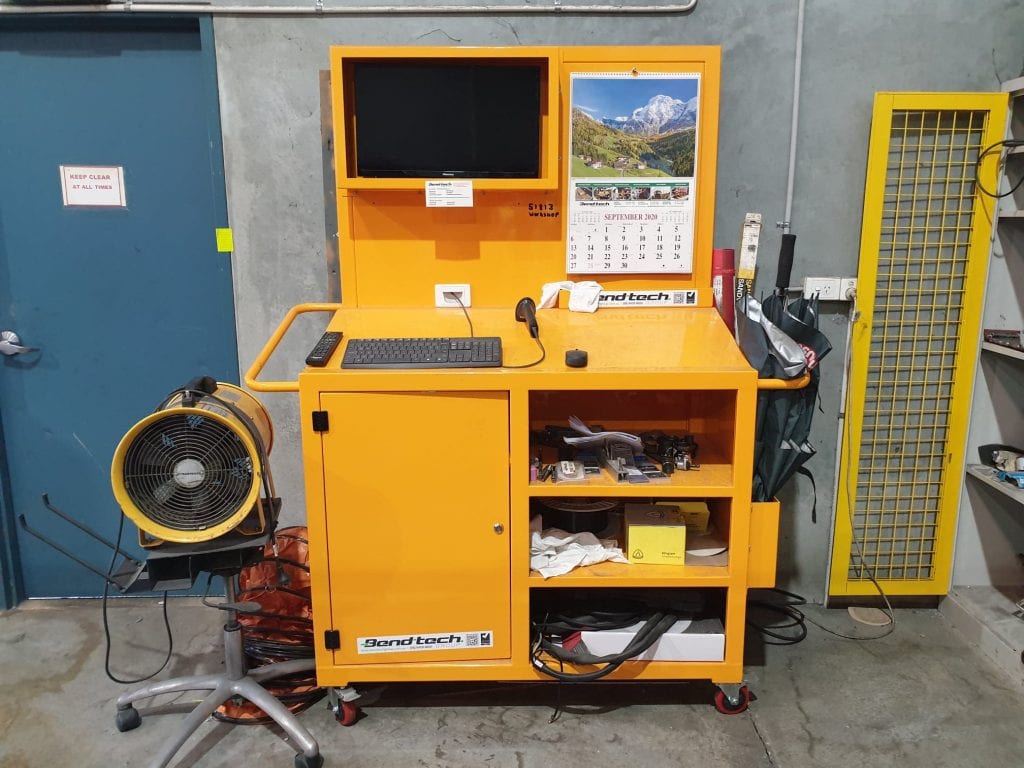
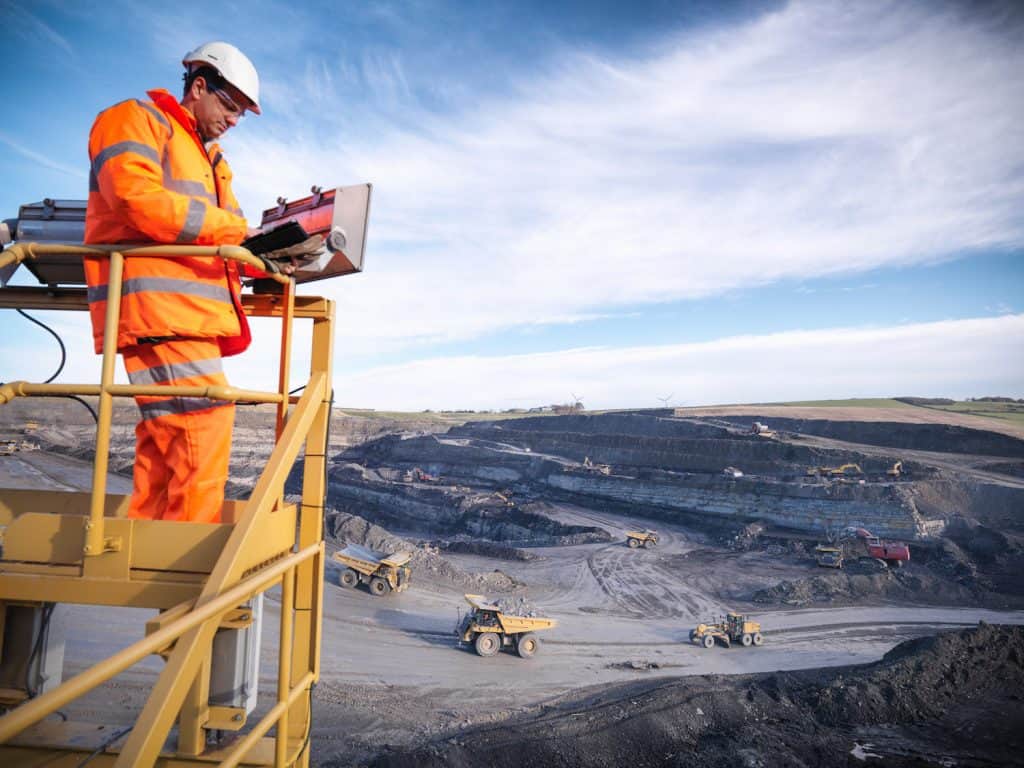
About The Author: Jake Marinovich
More posts by Jake Marinovich